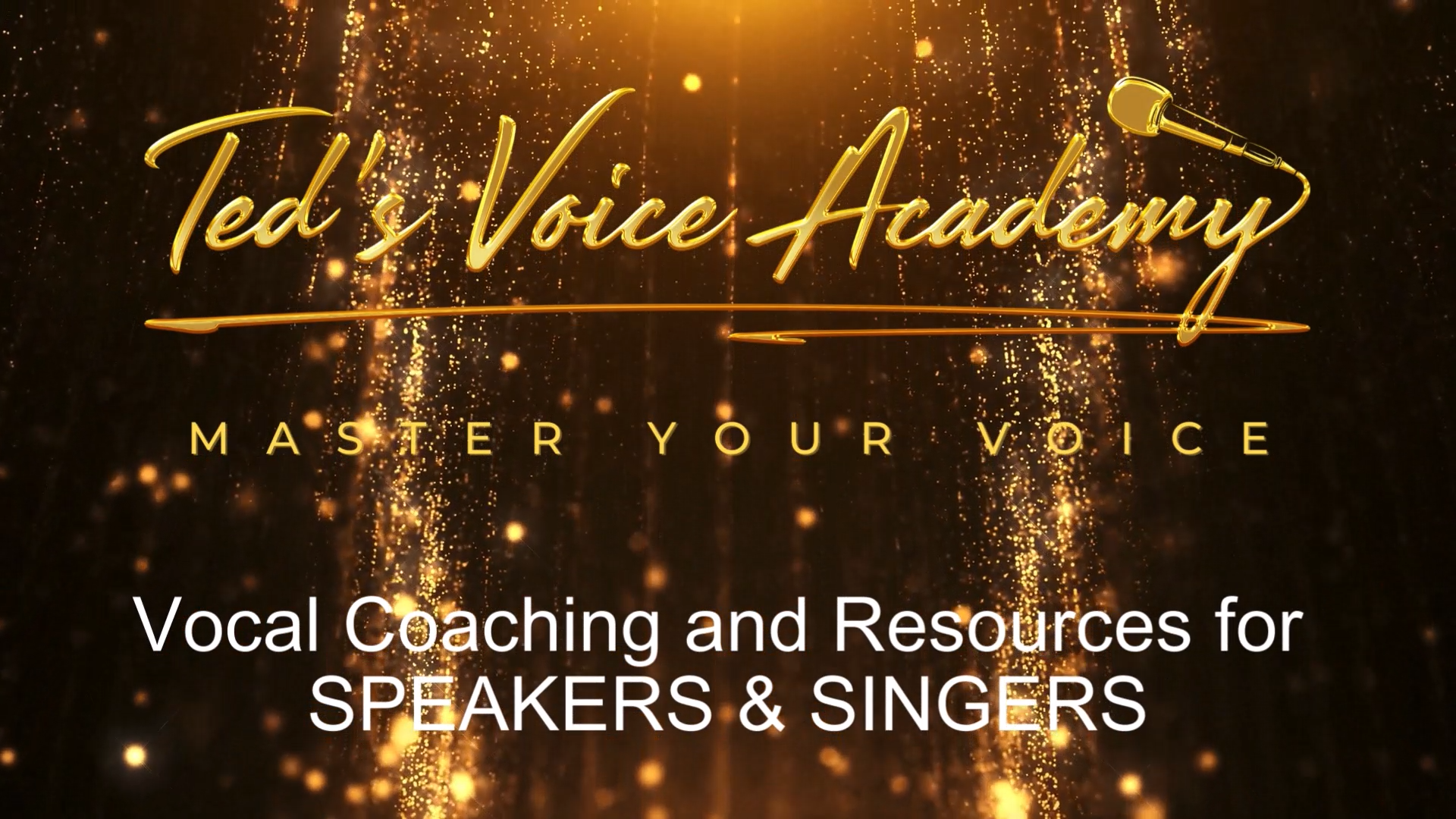“Hate Your Own Voice? Here’s Why It Happens and How to Get Over It”
Understanding the Science and Psychology Behind Disliking Your Recorded Voice—and How to Make Peace with It
Introduction
Have you ever cringed at the sound of your own voice on a recording? You’re not alone. Most people feel uncomfortable, or even embarrassed, when they first hear themselves speak on a recording. The voice you know and the voice you hear on playback can feel worlds apart.
But why does this happen? And, more importantly, how can you overcome it? In this article, we’ll dive into the reasons behind this common phenomenon and offer practical tips on how to grow more comfortable with your recorded voice.
Why You Dislike the Sound of Your Own Voice on Recordings
1. How We Hear Ourselves vs. How Others Hear Us
The primary reason most people dislike their recorded voice has to do with the way we hear ourselves when we speak. When you talk, you hear your voice in two distinct ways:
- Air conduction: This is the sound that travels through the air and reaches your ears from the outside, just like how others hear your voice.
- Bone conduction: At the same time, sound waves are also transmitted through the bones of your skull. These vibrations resonate, adding depth and richness to your voice as you perceive it internally.
When you listen to a recording of yourself, you only hear your voice as others hear it—through air conduction alone. This can make it sound thinner, higher-pitched, and less warm than what you’re used to. The difference can be jarring, leading to a feeling of disconnection or discomfort.
2. Cognitive Dissonance and Self-Perception
Beyond the physical differences in how sound is transmitted, there’s a psychological aspect to why your recorded voice might sound strange. Cognitive dissonance is the term used to describe the mental discomfort you experience when reality doesn’t match your expectations. You’ve spent your entire life hearing your voice with the added resonance from bone conduction, so when that’s removed in a recording, your brain struggles to reconcile the difference.
In addition, we all have an internal self-image that includes how we believe we sound. When the recorded version doesn’t align with that perception, it can feel like a betrayal of our identity. Essentially, it’s not just your voice that feels off—it’s you.
3. The Negativity Bias
Humans naturally focus more on negative experiences than positive ones. This negativity bias can make us hyper-aware of any perceived flaws in our recorded voice. You may zero in on slight imperfections that others wouldn’t even notice. Whether it’s a bit of nasal tone or an unexpected pitch fluctuation, these small elements can seem magnified when we’re already uncomfortable.
How to Become Comfortable with Your Recorded Voice
Now that you understand why your voice might sound “off” to you, let’s explore ways to grow more comfortable and even learn to appreciate how you sound.
1. Get Familiar with Your Voice
One of the best ways to overcome the discomfort of hearing your recorded voice is simple: exposure. The more you listen to your voice on recordings, the more familiar and comfortable you’ll become. Start by recording yourself often—whether it’s reading a passage from a book, practicing a speech, or just having a conversation—and play it back. Over time, the initial shock will wear off as you grow used to how you sound from an outside perspective.
2. Shift Your Focus: Analyze, Don’t Criticize
Instead of cringing at your voice, try to approach it with a constructive mindset. Analyze what you hear instead of focusing on perceived flaws. Is your voice clear? Are there parts where you project well? Focus on what’s working. If there are areas for improvement, take note of them as opportunities for growth. The goal is to become an objective listener rather than a harsh critic.
3. Improve Your Vocal Skills
For those serious about improving how they sound on recordings, vocal training is an excellent solution. Voice coaching can help you develop clarity, resonance, and control over your vocal tone. With professional guidance, you can learn to use your voice more effectively, improving both how you sound to others and how you perceive yourself.
At Ted’s Voice Academy, we work with students to unlock the full potential of their voice, offering exercises and techniques to help you refine your tone, pitch, and projection. As your skills improve, your confidence in your recorded voice will follow suit.
4. Use Quality Recording Equipment
A poor-quality recording can exaggerate the negative aspects of your voice. Low-grade microphones or bad acoustics may make your voice sound tinnier or more distant than it really is. If you’re serious about recording, invest in high-quality recording equipment. Proper microphones and a quiet, well-treated recording environment can do wonders for capturing a fuller, more accurate representation of your voice.
5. Practice Self-Acceptance and Mindfulness
Finally, it’s important to practice self-acceptance when it comes to your voice. No one else hears it the same way you do, and often, others appreciate qualities in your voice that you might overlook. Embrace the fact that your voice is uniquely yours. Just as you accept the way you look in photos (even if they’re not always flattering), you can learn to be at peace with how you sound.
Mindfulness practices, such as deep breathing and focusing on the positive, can help you become more comfortable with the natural tone and rhythm of your voice.
Conclusion
Disliking your recorded voice is an incredibly common experience, but with understanding and practice, it’s possible to move past that initial discomfort. By recognizing the scientific and psychological reasons behind why your voice sounds different to you—and taking active steps like exposure, vocal training, and using better equipment—you can become more comfortable and confident with how you sound.
At Ted’s Voice Academy, we’re dedicated to helping you discover and refine the voice you already have. Whether you’re looking to improve your vocal technique or simply get used to hearing yourself on playback, we’re here to guide you on that journey.
Call to Action:
Ready to embrace the sound of your own voice? Contact Ted’s Voice Academy today to schedule your first vocal session and unlock your full potential.






Leave a Reply